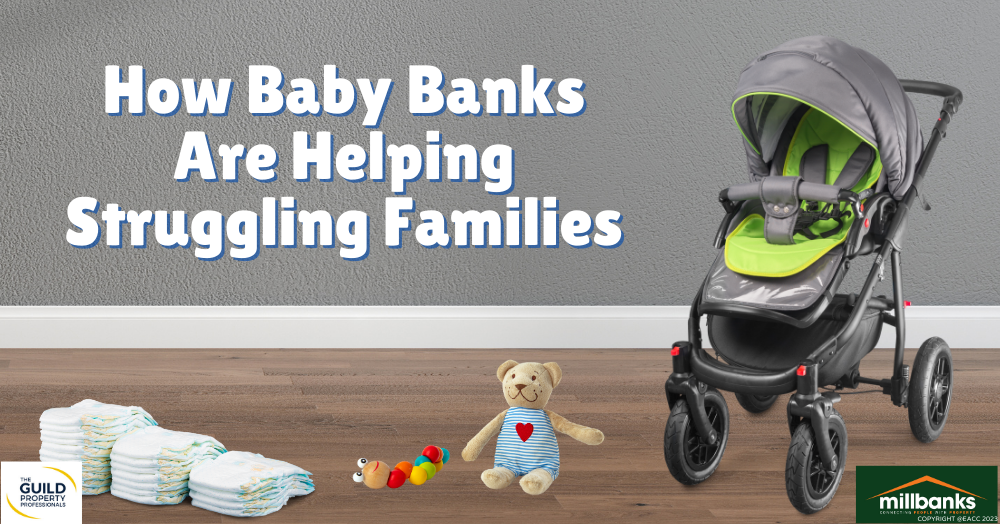

Get in touch with us
If you’re planning to sell in early 2026, now is the time to understand the timeline, the preparation and the steps that will help you move smoothly from listing to completion.
Thinking of selling your Attleborough home? New data shows it takes an average of 57 days to find a buyer — but this varies widely by property type and price. With just under half of homes failing to sell, smart pricing and strong marketing are key to securing the best result in today’s market.
If your home has been sitting on the market with no progress, you’re not stuck. Switching estate agents is easier than you think, if you understand your contract and prepare properly. Here’s the truth, the timelines and the process to relaunch with impact.
Falling mortgage rates are bringing welcome relief to first-time buyers. Monthly repayments on the average UK first-time buyer mortgage are now around £355 less than three years ago — easing financial pressure and making homeownership feel more achievable for many ready to take their first step onto the property ladder.